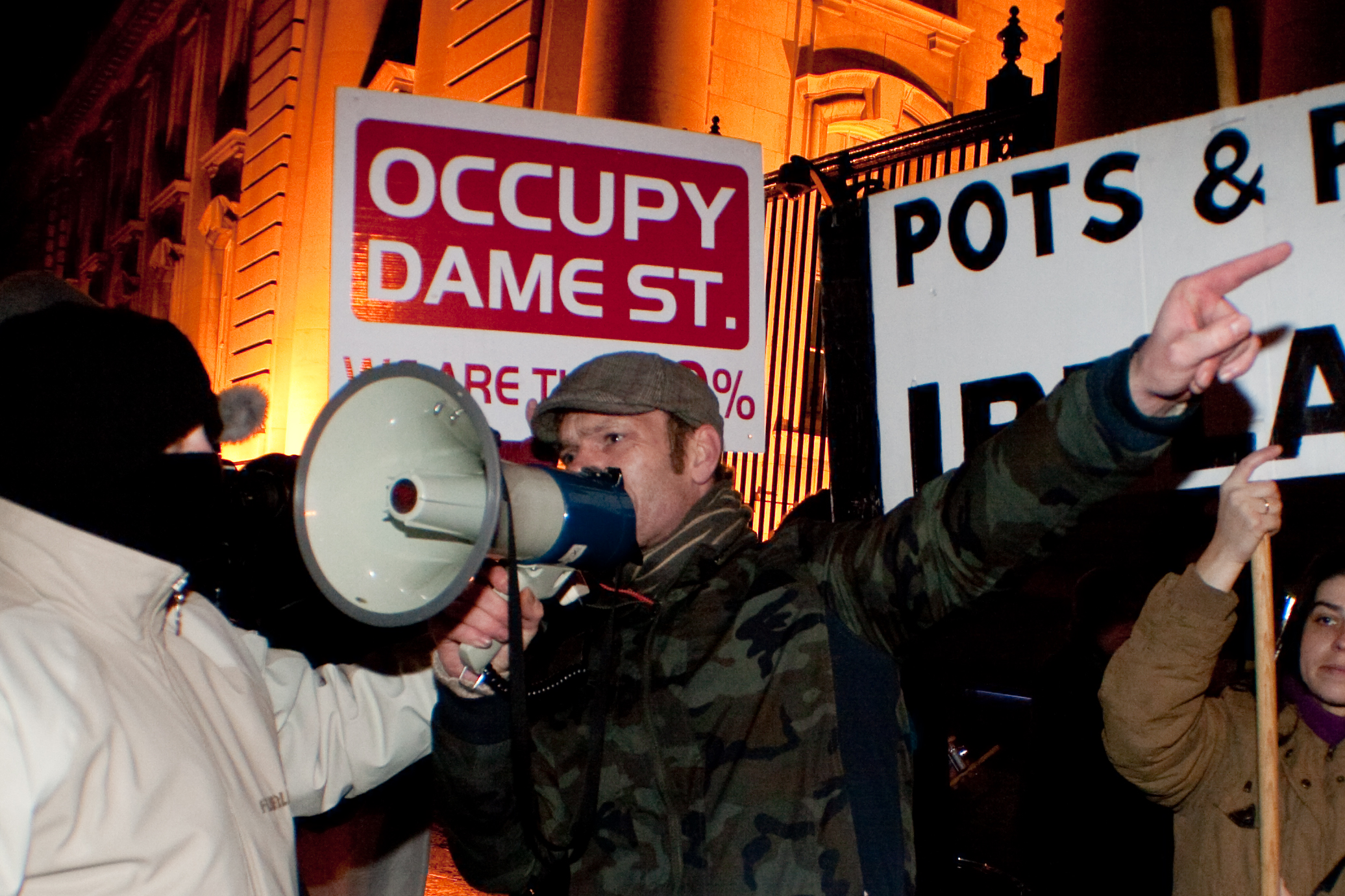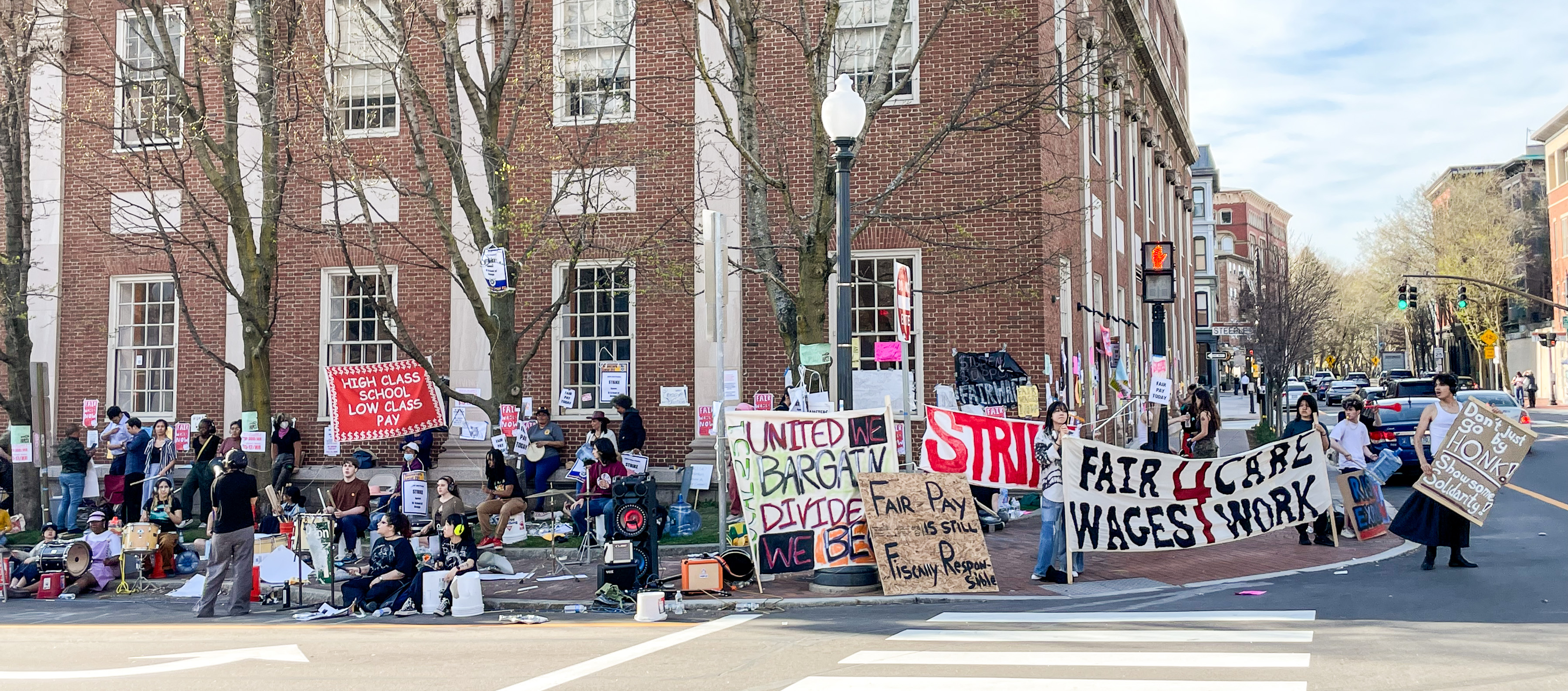Hamilton's Wallet Takes a Hit after Unfortunate Groundhog Encounter
 Photo: Unknown
Photo: Unknown
In a shocking turn of events, Alexander Hamilton’s wallet bore the brunt of an unfortunate encounter with a rogue groundhog this past Sunday, leaving financial pundits and wildlife enthusiasts alike equally befuddled. This unexpected incident has sent shockwaves through Wall Street, with the Dow Jones Industrial Average experiencing a slight tremor, dropping a whole three points in the immediate aftermath.
The incident occurred at the Sycamore Hill Retirement Estate where the groundhog, affectionately named ‘Burr’ by the residents, has long been considered a charming fixture. In a cruel twist of irony, it was on the occasion of Burr’s annual Groundhog Day celebration that Hamilton’s wallet met its untimely demise.
“Hamilton was simply trying to show off his new bi-fold, genuine leather wallet when Burr pounced,” says Martha Washington, the community outreach chairperson at Sycamore Hill. “It was as if Burr could smell the $10 bills or something. He just went for it, and Hamilton, in his shock, didn’t even try to stop him.” Washington went on to explain that Burr made off with the wallet, disappearing into the extensive network of tunnels that crisscross the estate’s manicured lawns.

The wallet, a recent purchase from ‘The Federalist’s Finest Leather Goods’, was reportedly filled with an abundance of ten-dollar bills, Hamilton’s image emblazoned on each. The precise value of the currency lost remains undisclosed, though sources have suggested it may have been in the region of $2430. Speculations are rife that this might have been a calculated act of rebellion by Burr, who has been known to display a certain level of sassy independence in the past.
While animal behaviorists scramble to explain Burr’s actions, economists are more concerned with the fallout of the incident. “This is an unprecedented situation,” remarked Professor Thomas Jefferson of the University of Monticello’s School of Economics. “We’ve never had to factor in the impact of a groundhog’s kleptomania on national finances before. It’s uncharted territory.”
"Hamilton was simply trying to show off his new bi-fold, genuine leather wallet when Burr pounced," says Martha Washington, the community outreach chairperson at Sycamore Hill.

The incident, which has come to be known as “The Great Ham-to-Burr Wallet Heist”, is already being immortalized in the form of memes and social media hashtags. As the world waits with bated breath to see how this unusual event will pan out, one thing is for certain - Hamilton’s fiscal hiccup has set a new precedent in the intertwining world of economics and wildlife. The question that remains is: how will this unexpected economic blip affect financial trends and the broader market in the long run? And what, if anything, can be done to coax Burr into returning the ill-gotten gains…
In an attempt to retrieve Hamilton’s lost finances, Sycamore Hill has launched “Operation Unburr”, a mission designed to coax the rogue groundhog into returning the stolen wallet. The plan, as outlined by Benjamin Franklin, the estate’s head of groundskeeping, involves laying a trail of Hamilton’s favorite foods - lettuce, carrots, and sweetcorn - in the hopes that Burr can be lured out of his expansive tunnel network.
“Burr’s shown us his crafty side,” Franklin explained. “But we’re betting his greed for fresh veg might just trump his newfound taste for ten-dollar bills.”

Whether Operation Unburr will prove successful remains to be seen. Meanwhile, the ramifications of the incident continue to ripple throughout the nation’s economic landscape.
"
The incident, which has come to be known as “The Great Ham-to-Burr Wallet Heist”, is already being immortalized in the form of memes and social media hashtags.

“As silly as it sounds, this groundhog has genuinely disrupted our fiscal stability,” lamented James Madison, the former chairman of the Federal Reserve, in a televised interview. “The loss of Hamilton’s wallet and the subsequent media frenzy have shifted focus from more pressing economic issues. Who knew a groundhog could wield such power?”
As the nation struggles to comprehend the extent of this groundhog-induced economic anomaly, the incident has triggered an unlikely surge in the sales of groundhog repellent and guidebooks on ‘How to Groundhog-Proof Your Wallet.’ Small businesses have also taken advantage of the situation, with local entrepreneurs marketing groundhog-themed merchandise, churning out everything from ‘Burr Stole My Wallet’ t-shirts to commemorative Hamilton-Burr coffee mugs.
Speculation is also rife that Lin-Manuel Miranda, the creator of the hit Broadway musical Hamilton, is considering a spin-off focusing solely on the incident. In a recent tweet, Miranda teased, “A groundhog and ten-dollar bills - now that’s a musical waiting to happen!”

As the saga continues to unfold, financial experts and wildlife enthusiasts are left grappling with the implications. Wall Street is on high alert for any signs of further groundhog interference, while zoologists are revising their understanding of groundhog behavior in light of Burr’s brazen theft.
In the end, the legacy of the “Great Ham-to-Burr Wallet Heist” may extend far beyond the immediate financial repercussions. It appears set to redefine the relationship between human economics and the unpredictable world of wildlife. However, one pressing question remains unanswered: Will Burr ever return the ill-gotten gains, or has Hamilton’s wallet forever vanished into the labyrinthine network of groundhog tunnels beneath Sycamore Hill? Only time will tell.
For now, Hamilton, and indeed the nation, waits. As for Burr? Well, he’s probably out there somewhere, living it up on a bed of ten-dollar bills, completely oblivious to the chaos he has singlehandedly wrought on the nation’s economy. And if nothing else, he’s certainly succeeded in cementing his status as Sycamore Hill’s most infamous resident.







